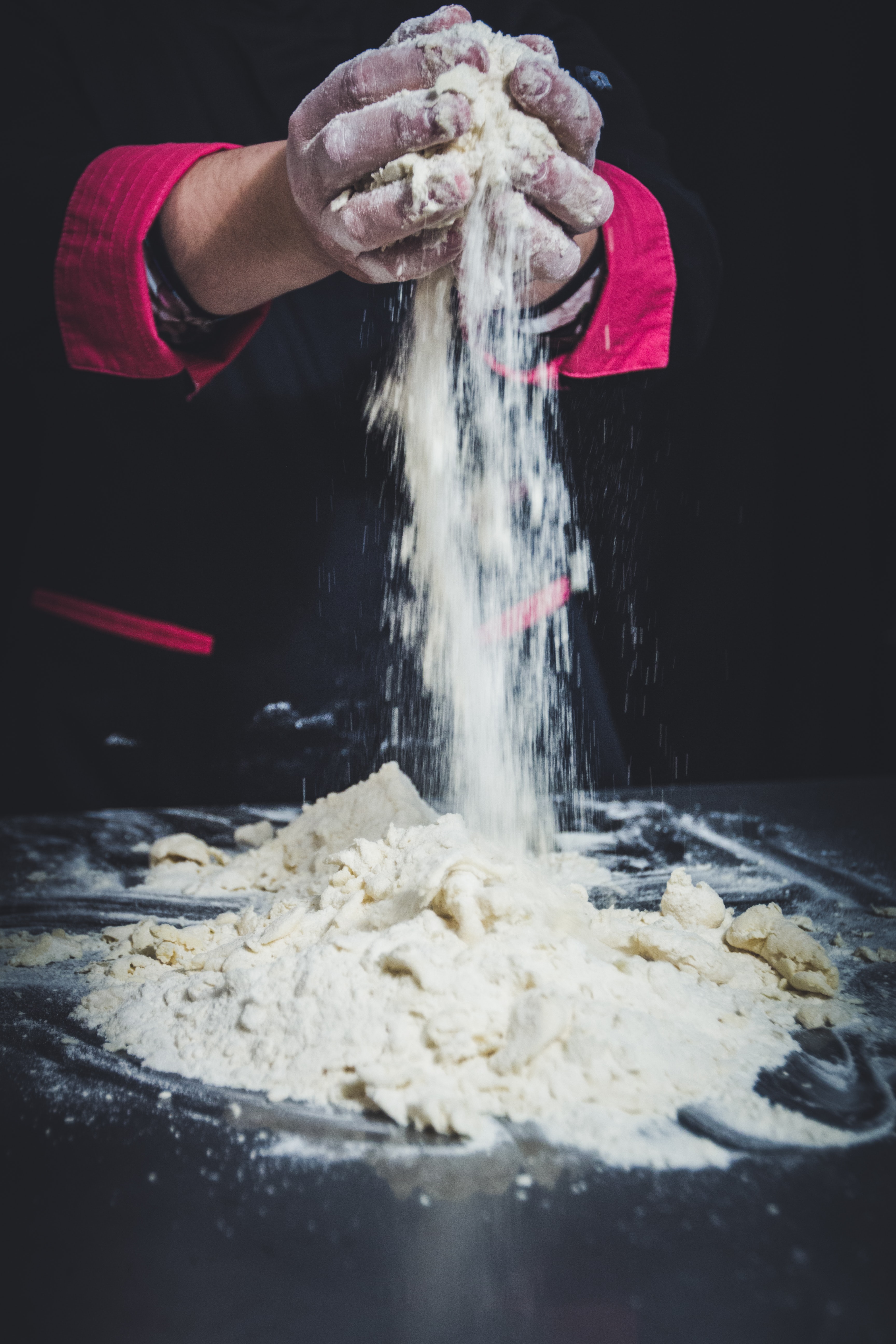 Whether it’s a strike, a national crisis or simply the Easter or Christmas rush, flour is one of the very first products to disappear off the supermarket shelves. But while others struggle without this popular product, smart shoppers switch to alternatives which are guaranteed to still be available. What’s more, adding these newbies to your pantry will give you a whole new range of savoury and sweet options to experiment with, and an appetite for cultural cuisines you may not have tried before.
Whether it’s a strike, a national crisis or simply the Easter or Christmas rush, flour is one of the very first products to disappear off the supermarket shelves. But while others struggle without this popular product, smart shoppers switch to alternatives which are guaranteed to still be available. What’s more, adding these newbies to your pantry will give you a whole new range of savoury and sweet options to experiment with, and an appetite for cultural cuisines you may not have tried before.
Pea flour
Sometimes called ‘peasemeal’, this soft, cream-coloured flour is made from dried and ground yellow peas. Pea flour, which is higher in protein than wheat flour, has been traditionally used in both British and Greek cuisines to make a thick, sliceable, savoury pudding. In Indian cooking, it is used in the making of spicy fritters, and as a thickening agent in curries and stews. It is now frequently making an appearance as the main ingredient in ‘pulse pastas’ and crisps. Pea flour really comes into its own in times of wheat flour shortages as an ingredient in savoury fritters where it readily crisps in hot oil. It can also be used instead of wheat flour to make flatbreads which can be cooked in a dry frypan. When substituting pea flour for white flour, add a little more liquid than the regular recipe calls for, and leave the mix to stand for 10 minutes. If more liquid is called for to bring your recipe to the desired consistency, add it before cooking.
Polenta
Pizza is such a comfort food, especially as the days grow colder, and nothing is more infuriating than being without the flour to make it. Fortunately, polenta is an excellent substitute. Made from medium to fine ground corn (depending on the brand), the golden meal is first mixed with water and brought to the boil to make a thick porridge. It is then spread out, in pizza-thickness, onto a greased baking tray or roasting dish, and left to set. From thereon, the going is easy! Simply spread over your favourite tomato and herb sauce, add the toppings and cheese, and cook as you would a regular pizza. Polenta base slices like a dream!
Masa harina
This fine white cornmeal hails from Central America where it is used to make tasty ‘arepa’, unrisen cakes a little like English muffins. Follow the instructions on the packet to blend the meal with water and a little salt, then knead and shape into cakes. Fry these in a lightly oiled pan over high heat until the under surface is crisp and golden. Flip, and treat the second side in the same way. Leave the arepa to cool before splitting with a serrated knife. Use as you would burger buns, or fill the arepa with spicy Central American concoction of chilli beans and salsa with shredded lettuce.
Semolina
Who needs flour when semolina is your friend? A by-product of flour milling, this neglected fibre-rich ‘cereal’ has been a favourite ingredient in Middle-Eastern baking for centuries. Mixed with eggs, a little cornflour, coconut and yoghurt (among other delicious ingredients), it can be tray-baked into traditional ‘Basboosa’ square before being soaked in a fragrant rosewater and sugar syrup. Semolina is also the main ingredient in a sweet-spice, nut and raisin dessert known has ‘semolina halva’. It’s the ultimate in winter puds but can also be sliced and eaten with coffee as you would cake.










Join the Discussion
Type out your comment here:
You must be logged in to post a comment.